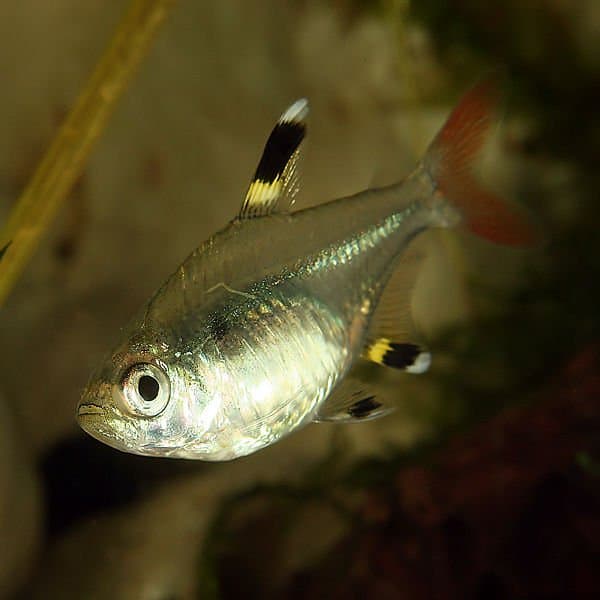

They’re not overly aggressive but can get a little testy every now and then. The Pristella Tetra is a shoaling species – meaning it’s used to keeping company with its own kind. However, X-ray Tetras do not have protrusible mouths. The term “Maxillaris” in their scientific name is a nod to the species’ relation with characins. Their caudal fins are almost a pink-orange hue that adds to the overall radiance of the species.Īnother fun fact about these fish is that their bodies can transmit sound waves through their vertebrae, giving them a pretty great sense of hearing. They have dorsal, pelvic, and anal fins that are clearly defined and contain hints of black and yellow. Their clearly defined scales are metallic gold that set off brilliantly under a light. Though, at times, their see-through trait can be a little difficult to observe – specifically under low light conditions.īut even without the transparency, Pristella Tetras are beautiful to behold. When you get close enough, you’ll be able to see right through to their bones. That’s where they get the name X-ray Tetra from. Their tiny translucent bodies make them a wonder to look at under good lighting conditions.

If you can’t wrap your head around why these freshwater fish are making such a splash, chances are you’ve not had the opportunity to observe them up close. However, most of the specimens you’ll find in stores are commercially bred, due to their popularity with fish keepers.īut, what is it that makes this species so attractive to budding aquarists? The answer’s pretty simple - they’re stunning to look at and effortless to care for due to their easy-going nature. These fish frequent the waters of British Guyana, the Brazilian Amazon, and the Orinoco. The species hail from the family of Characins and is native to South America. Hobbyists will often refer to them as X-ray Tetra, Golden or Gold Pristella Tetra, or the Water Goldfinch. Pristella Maxillaris has quite a few designations. Pristella Maxillaris Care and Management.


 0 kommentar(er)
0 kommentar(er)
